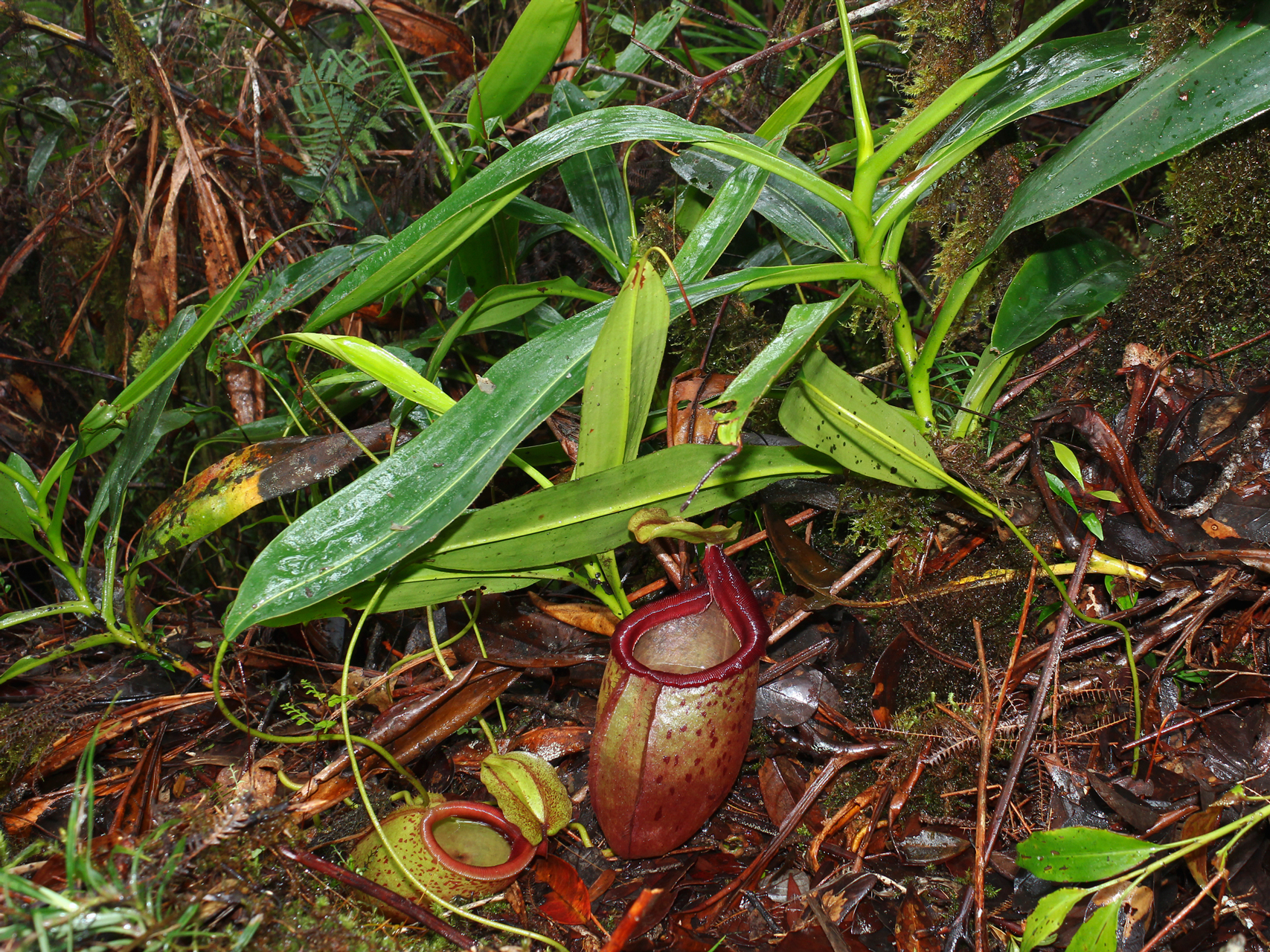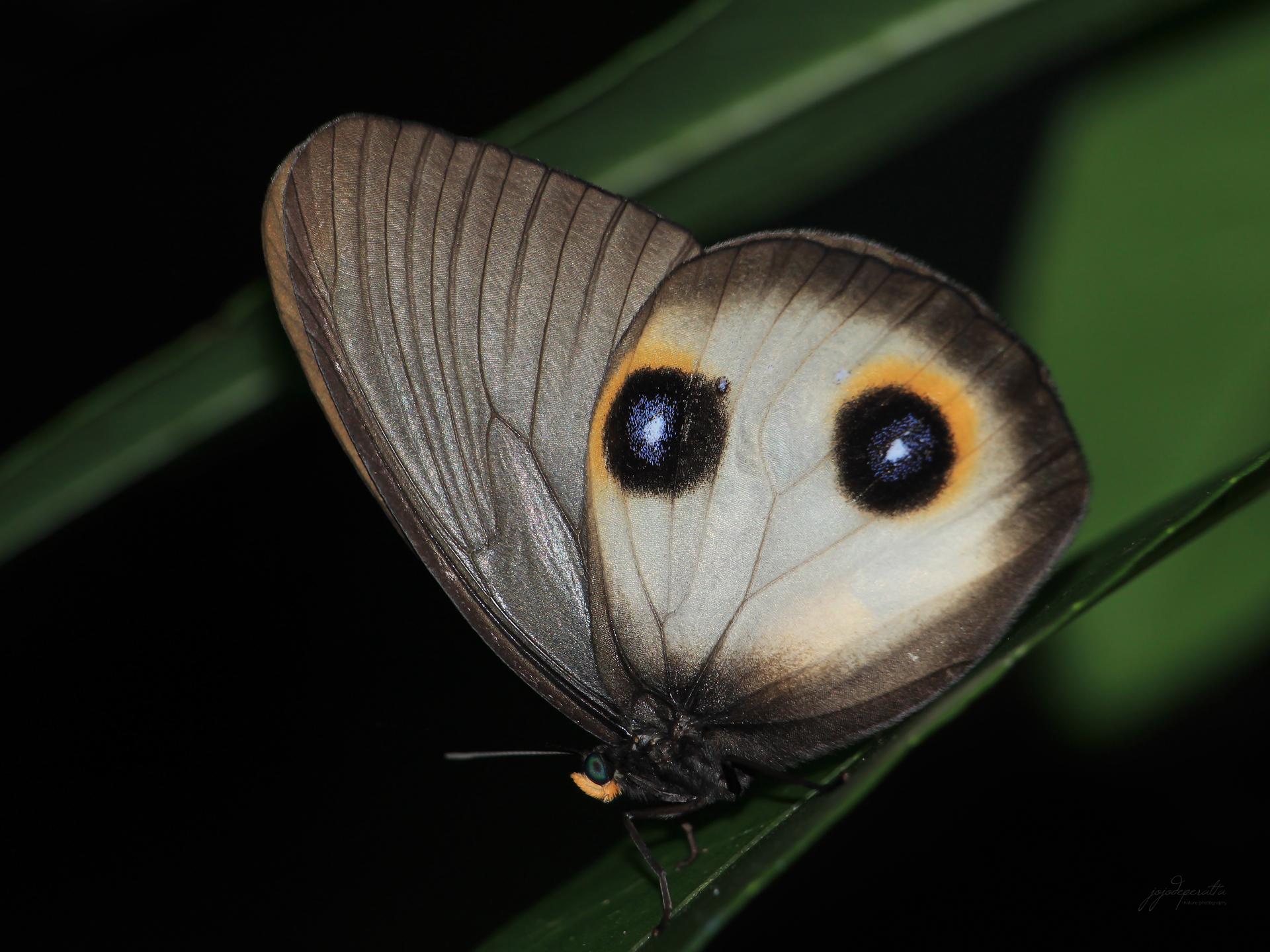Palawan Sun Skink
Leaves, twigs, and barks that have fallen to the ground make up leaf litter, and it's home to a wide variety of plants and animals. Most of the tiny animals found in the leaf litter are invertebrates. They are important food source for toads, skinks, and other small amphibians and reptiles that rely on the shelter and moisture provided by the leaf litter. One of the many creatures living in the leaf litter habitats of Palawan is the Palawan Sun Skink ( Eutropis sahulinghangganan ), a newly described species of skink endemic to Palawan. The name Eutropis sahulinghangganan derives from the Tagalog "sa huling" or "sa huli ng" (meaning in the last), and "hangganan" (meaning frontier). Palawan Sun Skink The Palawan Sun Skink inhabits thick coastal forests, mangroves, as well as secondary forests and primary forests up in the mountains. I have seen this skink near the peak of Mount Beaufort at elevations of around 1000 masl, but the population of thi...










